Founder of Chicago statue Jean-Baptiste Pointe DuSable
Introduction
Text-to-speech Audio
Fur trader Jean-Baptiste Pointe DuSable became the first non-Native American resident of the area that is now known as Chicago. DuSable was of African descent and came to the region from the French colony of Saint Domingue (After winning independence from France, the Saint Domingue became known as Haiti). History books have recognized DuSable as the first settler of non-European descent in the area, having established a fur-trading outpost in 1779 when the area was a largely uninhabited swamp. The state of Illinois officially recoginzed DuSable as "the father" of the city of Chicago in 1968. Decades later, Chicago's Haitian-American community raised funds and hired sculptor Erik Blome to create a statue to honor DuSable. The statue was dedicated in 2009 and is one of several landmarks in Chicago that honor the city's founder.
Images
Model Savalas Williams poses with the statue before it was sent off to Chicago.
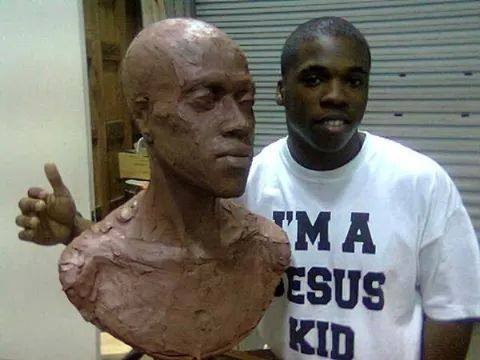
The bust of DuSable is located at the intersection of North Michigan Avenue and the Chicago River.
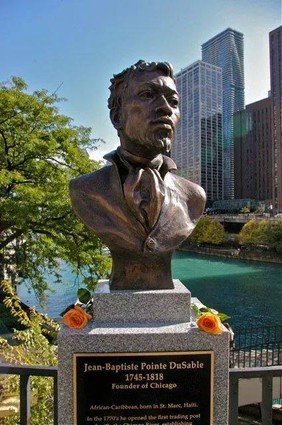
Because no portrait or drawing of DuSable is known to exist, this image of DuSable was created in the late 19th century.
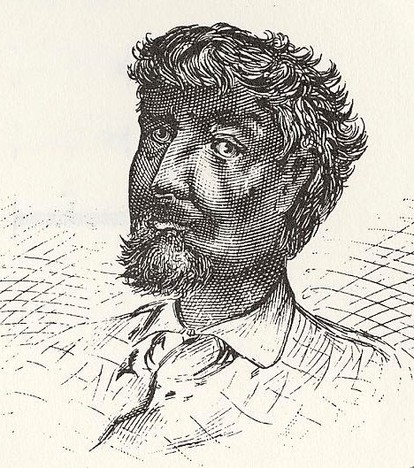
Learn more about Black history in Chicago with James Grossman's Land of Hope: Chicago, Black Southerners, and the Great Migration.
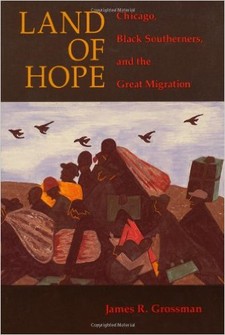
Black Metropolis: A Study of Negro Life in a Northern City. This classic work by the late St. Clair Drake remains required reading for the study of African American history in the urban north.
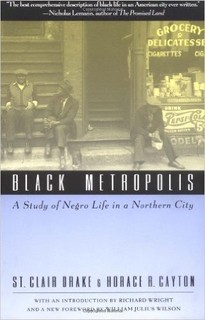
Backstory and Context
Text-to-speech Audio
In 1965, a plaza called Pioneer Court was built on the site of Point Du Sable's homestead as part of the construction of the Equitable Life Assurance Society of America building. In October 2010, the Michigan Avenue Bridge was renamed DuSable Bridge in honor of Pointe DuSable. Previously a small street named De Saible Street had been named after him.
The sculptor Erik Blome used the original author of this statue (Savalas Williams) as the "outline" model for this historic statue of the founder of Chicago. No portrait of DuSable is known to exist, so the sculptor had only a picture of what DuSable might have looked like that was created for a book about the history of Chicago in the late 19th century. As a result, Mr. Blome wanted to find a young African American to serve as a model. This allowed the sculptor to blend some of the features of imagined caricature of DuSable with an actual person.
Savalas Williams recorded his memory of his first meeting with Blome: "So at the time I was working at McDonald's (2009) and Mr. Blome pulls up to pay for his food and said, 'you would be great! have you ever modeled?' Of course I said no, and he explained to me who he was and who Mr. DuSable was and I told Mr. Blome that I would love to help him create the statue."
A vandal defaced the statue on Martin Luther King Jr. Day in 2015. The statue was quickly restored and led to the following comment by Chicago mayor Rahm Emanuel. "The Jean Baptiste DuSable statue commemorates our city's founding father, and the defacement of this treasure disrespects all Chicagoans and attacks the heritage of our heroes and the common values that they stood for — values that we stand behind as a city and that we also celebrate today by honoring Dr. Martin Luther King's legacy,"1
It states in the Chicago Historical Society's Encyclopedia of Chicago:
The sculptor Erik Blome used the original author of this statue (Savalas Williams) as the "outline" model for this historic statue of the founder of Chicago. No portrait of DuSable is known to exist, so the sculptor had only a picture of what DuSable might have looked like that was created for a book about the history of Chicago in the late 19th century. As a result, Mr. Blome wanted to find a young African American to serve as a model. This allowed the sculptor to blend some of the features of imagined caricature of DuSable with an actual person.
Savalas Williams recorded his memory of his first meeting with Blome: "So at the time I was working at McDonald's (2009) and Mr. Blome pulls up to pay for his food and said, 'you would be great! have you ever modeled?' Of course I said no, and he explained to me who he was and who Mr. DuSable was and I told Mr. Blome that I would love to help him create the statue."
A vandal defaced the statue on Martin Luther King Jr. Day in 2015. The statue was quickly restored and led to the following comment by Chicago mayor Rahm Emanuel. "The Jean Baptiste DuSable statue commemorates our city's founding father, and the defacement of this treasure disrespects all Chicagoans and attacks the heritage of our heroes and the common values that they stood for — values that we stand behind as a city and that we also celebrate today by honoring Dr. Martin Luther King's legacy,"1
About Jean Baptiste Point DuSable
It states in the Chicago Historical Society's Encyclopedia of Chicago:
In the late eighteenth century the small Native American and métis community that had settled at Chicago retained close ties to the French community in southern Illinois as well as to communities in Mackinac and Detroit. Among the most prominent was Jean Baptiste Point DuSable, an Afro-French fur trader whose partners traded along the Illinois River from Peoria to Cahokia. DuSable himself was trading during the 1770s near present-day Michigan City, where he was arrested briefly in 1779 by British officials who suspected him of rebel sympathies.
By the late 1780s he began developing a farm near the mouth of the Chicago River, where he also did some trading. He erected a spacious five-room “mansion” with a long covered porch modeled after French creole homes in the American Bottom. DuSable prospered during the 1790s, entertained travelers who passed over the portage, and was highly respected by both Native American and métis inhabitants. In 1800, however, he sold his holdings at Chicago and moved to Spanish Upper Louisiana near present-day St. Charles, Missouri.
Most houses at Chicago were less imposing than the DuSable residence. Houses were constructed of logs, but generally following the old French-Canadian fashion, with roughhewn logs set vertically in a trench rather than placed horizontally. The logs were chinked with grass and mud, then covered with either bark or lumber. The structures featured high-pitched, thatched or shingled roofs, with a fireplace and rude chimney in the center rather than at one end of the dwelling.
In 1803, the United States built Fort Dearborn on the south side of the Chicago River. By 1810 settlement at Chicago clustered at several places. North of the river's mouth were the Kinzie family, whose patriarch John Kinzie occupied DuSable's old mansion.2
Sources
1 Cynthia Dizikes, "Defaced DuSable statue quickly restored," Chicago Tribune (Chicago, IL) January 9, 2015, http://www.chicagotribune.com/news/ct-dusable-statue-vandalism-met-20150119-story.html.
2 R. David Edmunds, "Chicago in the Middle Ground," Encyclopedia of Chicago, chicagohistory.org, last accessed December 17, 2016, http://encyclopedia.chicagohistory.org/pages/300129.html.
2 R. David Edmunds, "Chicago in the Middle Ground," Encyclopedia of Chicago, chicagohistory.org, last accessed December 17, 2016, http://encyclopedia.chicagohistory.org/pages/300129.html.
